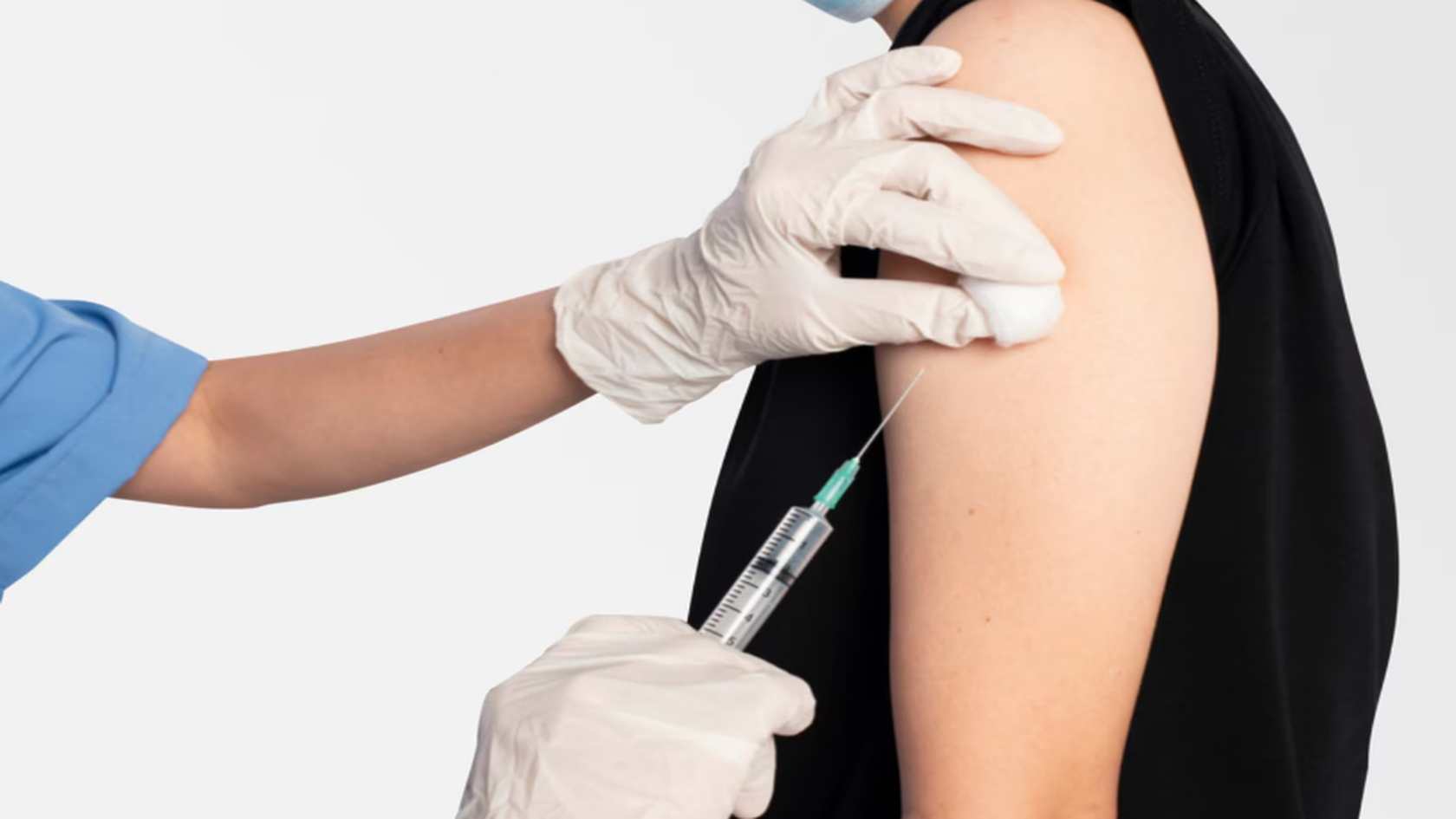You’ve probably seen nurses give shots in the arm, but did you know you can master that skill, too? An intramuscular injection (IM) is a simple way to get medicine straight into a muscle so it absorbs quickly and works fast.
In this post, I’ll walk you through the basics, clear up the confusing parts, and show you how IM shots fit into testosterone replacement therapy (TRT). Stick with me, because by the end, you’ll know the right spots to inject, which needle to pick, and how to dodge common mistakes.
Key Takeaways
- Intramuscular injections deliver medication deep into muscle tissue, allowing it to absorb quickly into your bloodstream for fast, effective results.
- These injections are often used for hormone treatments like testosterone or for vaccines, offering longer-lasting effects than other delivery methods.
- Common injection sites include the deltoid, gluteus, and vastus lateralis muscles, chosen for safety and easy access.
- Proper technique is essential—this includes clean hands, alcohol wipes, the right needle length, and correct angle to avoid pain or injury.
- A healthcare provider can train you to self-administer intramuscular injections safely at home, making treatment more flexible and convenient.
Table of Contents
Understanding Intramuscular Injections
An intramuscular injection sends liquid medicine into a large muscle, usually your deltoid (shoulder), vastus lateralis (thigh), or ventrogluteal area (hip), using a needle set at a 90‑degree angle. Because muscles have a rich blood supply, drugs enter your bloodstream faster than they would with a pill or a skin‑level shot. That’s why vaccines, antibiotics, and hormone treatments love the IM route.
For adults, the usual needle size is 22‑ to 25‑gauge and 1 to 1½ inches long. Thicker medicine (like vitamin suspensions) may need a wider 20‑gauge needle, while lean folks can go shorter. Always match the needle to your body size and the drug’s thickness to avoid pain and poor absorption.
Key injection sites
- Deltoid: Best for small volumes (≤1 mL) like most vaccines. Easy to reach but space is tight.
- Vastus lateralis: Middle third of the thigh, roomy, and great for self‑shots.
- Ventrogluteal: Side of the hip, away from major nerves and blood vessels—safest for larger doses.
- Dorsogluteal: Upper outer butt. Popular but closer to the sciatic nerve, so use extra care.
Why choose IM?
- Faster onset than pills.
- Bypasses the stomach, so no digestion worries.
- Lets you give oily or thick medicines that can’t go into a vein.
Potential downsides
- Soreness, bruising, or bleeding at the site.
- Infection if you skip proper cleaning.
- Rare nerve injury if you hit the wrong spot.
Step‑By‑Step Technique And Safety Tips For TRT
If you’re on testosterone replacement therapy, you might inject testosterone cypionate or enanthate every 1-2 weeks. Learning the right technique keeps your levels steady and lowers risks.
- Gather supplies
- Vial of testosterone
- 18‑gauge draw needle (pulls thick oil easily)
- 22‑ to 25‑gauge injection needle
- Alcohol swabs, gauze, bandage, sharps container
- Wash your hands for 20 seconds. Germ‑free hands beat infections.
- Draw up the dose
- Swab the vial top.
- Attach the draw needle, pull back air equal to your dose, push the air in, then draw the oil.
- Switch to your smaller injection needle and never inject with the blunt draw needle.
- Choose the site
- Rotate spots to avoid scar tissue. For most adults, the ventrogluteal or vastus lateralis muscles handle the 1‑2 mL testosterone volume best.
- Rotate spots to avoid scar tissue. For most adults, the ventrogluteal or vastus lateralis muscles handle the 1‑2 mL testosterone volume best.
- Clean the skin with an alcohol swab and let it dry. Moist alcohol stings.
- Z‑track method (optional but helpful)
- With your non‑dominant hand, pull the skin sideways about 1 inch. This zig‑zag seal keeps medicine from leaking back out.
- With your non‑dominant hand, pull the skin sideways about 1 inch. This zig‑zag seal keeps medicine from leaking back out.
- Insert the needle at 90 degrees in one smooth motion, no jabbing.
- Aspirate? Most guidelines say you can skip pulling back the plunger unless you’re in the dorsogluteal site, where large vessels lurk. Ask your provider.
- Inject slowly over 5-10 seconds per milliliter. Fast pushes hurt more.
- Withdraw and release the skin if you used Z‑track, then apply light pressure with gauze. A tiny dot of blood is normal.
- Dispose safely in a sharps container, never recap a used needle.
TRT‑Specific Pointers
- Timing: Check your mid‑interval testosterone level (halfway between doses) to fine‑tune the schedule.
- Dose splitting: Some men split a weekly dose into two half‑doses to cut peaks and crashes. New micro‑dosing protocols even use insulin syringes subcutaneously, but that’s another route.
- Monitoring: Have hemoglobin, hematocrit, and PSA checked three months after starting, then yearly. Keep a log of how you feel—energy, libido, mood—to share with your clinician.
Troubleshooting
Problem | Quick Fix |
Pain or lump | Warm the vial (roll between palms), inject slower, switch sites next time. |
Bleeding | Hold pressure for 30 seconds. If bleeding continues, call your provider. |
Oil leak | Use Z‑track, leave the needle in for 5 seconds after finishing, and don’t massage. |
Swelling/redness | Mark the edges; if it spreads or you get a fever, seek care. |
With practice, IM shots become routine. Keep supplies organized, follow these steps, and you’ll handle TRT like a pro.
Ready To Master Your IM Shot?
Frequently Asked Questions
A quick pinch is normal, but using the right needle and injecting slowly keeps pain low.
No. Single‑use needles dull fast and harbor germs. Always use a fresh one.
Remove the needle, apply pressure, and start over with a new needle and fresh dose.
Switch every shot; cycling through at least three spots lets muscles heal.
Current advice says skip it for deltoid, thigh, and ventrogluteal shots; check your clinic’s policy.
It’s usable but closer to the sciatic nerve; many experts prefer the ventrogluteal area instead.
No. Draw it fresh each time to avoid contamination and dosing errors.
Try the Z‑track method and wait five seconds before withdrawing the needle.
Most adults need 1‑inch needles; larger bodies or deep glutes may need 1½‑inch. Ask your provider.
Call if you see spreading redness, fever, severe pain, or numbness in the limb.

